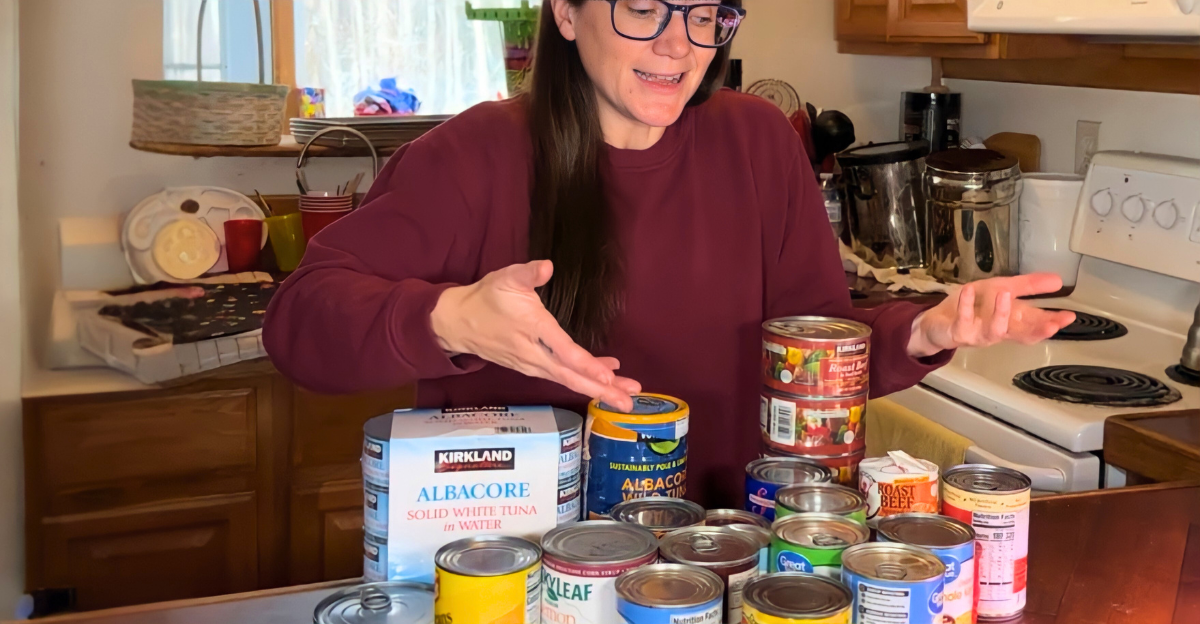
Everyone’s talking about rising grocery prices, but the real crisis may be something most shoppers aren’t even noticing. While staples like bread and milk get the spotlight, it’s niche foods and drinks quietly slipping into scarcity that could hit hardest.
From exotic hydration to heritage beverages, these nine products are early warnings of a deeper breakdown in global food systems. What’s causing it? A volatile mix of climate shifts, tariff increases, supply chain chaos, and rising demand. The shelves may still look full for now, but smart stockpilers are already watching for signs.
Here’s what to grab before prices explode.
#1: Coconut Water
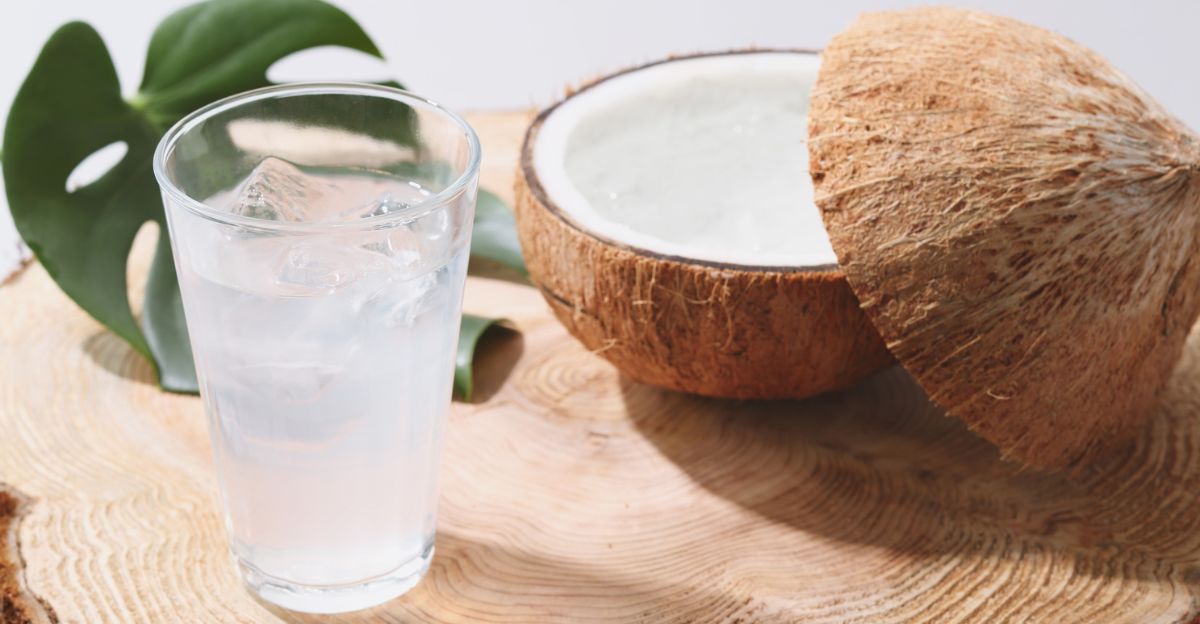
Coconut water prices are expected to rise sharply through 2026 as El Niño-related crop failures and surging demand, especially from China, strain global supply chains.
In 2024, Sri Lanka prioritized exports amid production declines, while drought and typhoons slashed yields in the Philippines. With global demand projected to grow 13–17% annually and China exceeding 22%, supply remains tight. Coconuts take 12 months to mature, so shortages now will echo into 2026.
Meanwhile, coconut oil prices hit $2,483 per ton last month. Shelf-stable coconut water brands are likely to see further volatility, driving up prices across all coconut-derived products.
#2: Craft Beer
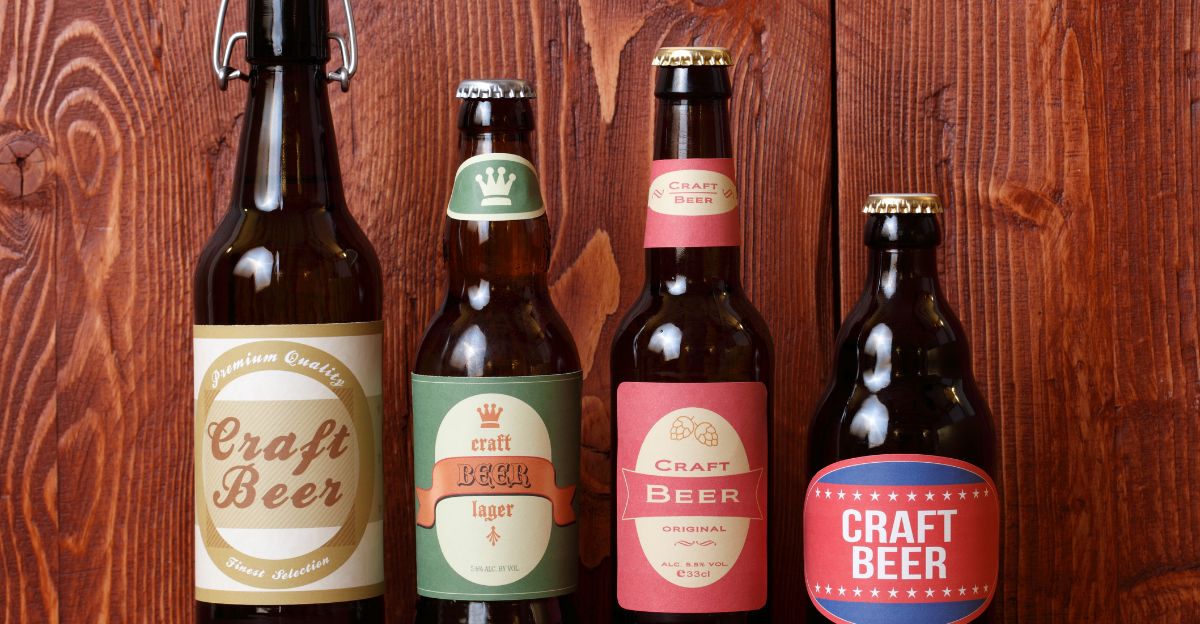
Climate change could make your favorite craft beer twice as expensive, or impossible to find. Barley crops are collapsing under extreme heat and drought, with up to two-thirds of brewing supply vanishing in major producers like the US, Brazil, and China. A Nature Plants study lays it out clearly: beer-making ingredients are under siege.
The ongoing war in Ukraine has disrupted exports from major barley producers, pushing up prices for hops, malt, and barley by roughly 25%. Mass-market brewers may weather the storm, but small craft operations face rising closures and consolidation as economic pressures threaten the future of artisanal brewing.
#3: Canned Soup
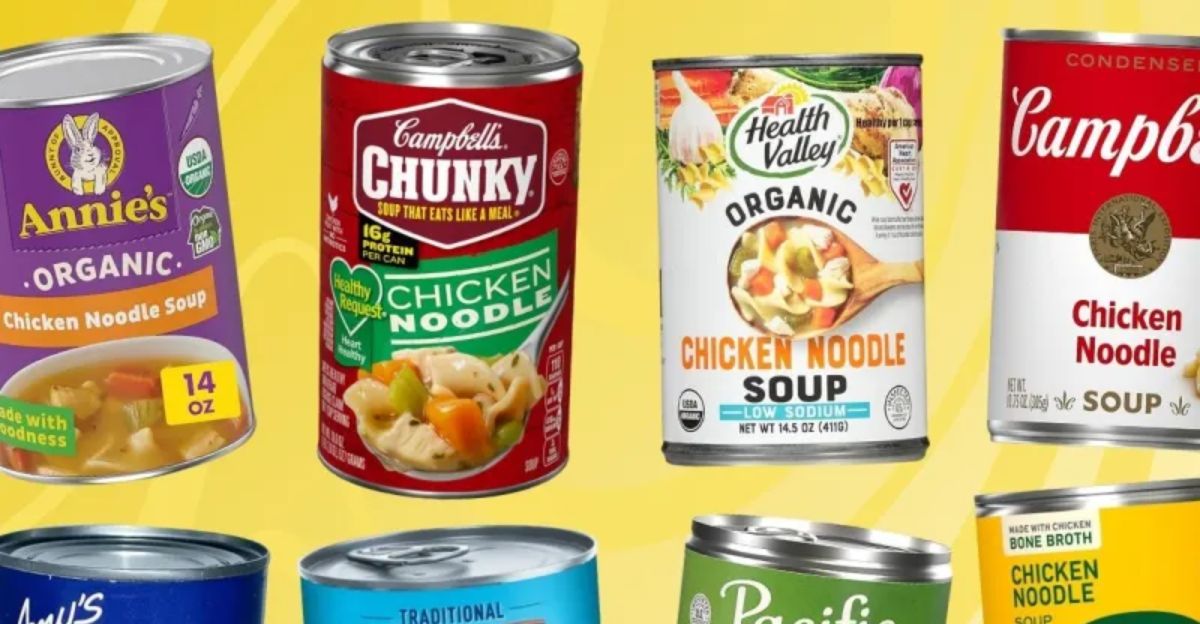
Campbell’s and Conagra both report looming cost hikes to offset tin‑plate steel tariffs. A bowl of soup, once affordable solace, is now at a tipping point. With roughly 75% of tin‑plate imported, switching to plastic jars may save producers, but jars alter shelf life and brand loyalty. Consumers should anticipate smaller portions or disappearing flavors this winter.
#4. Canned Beans
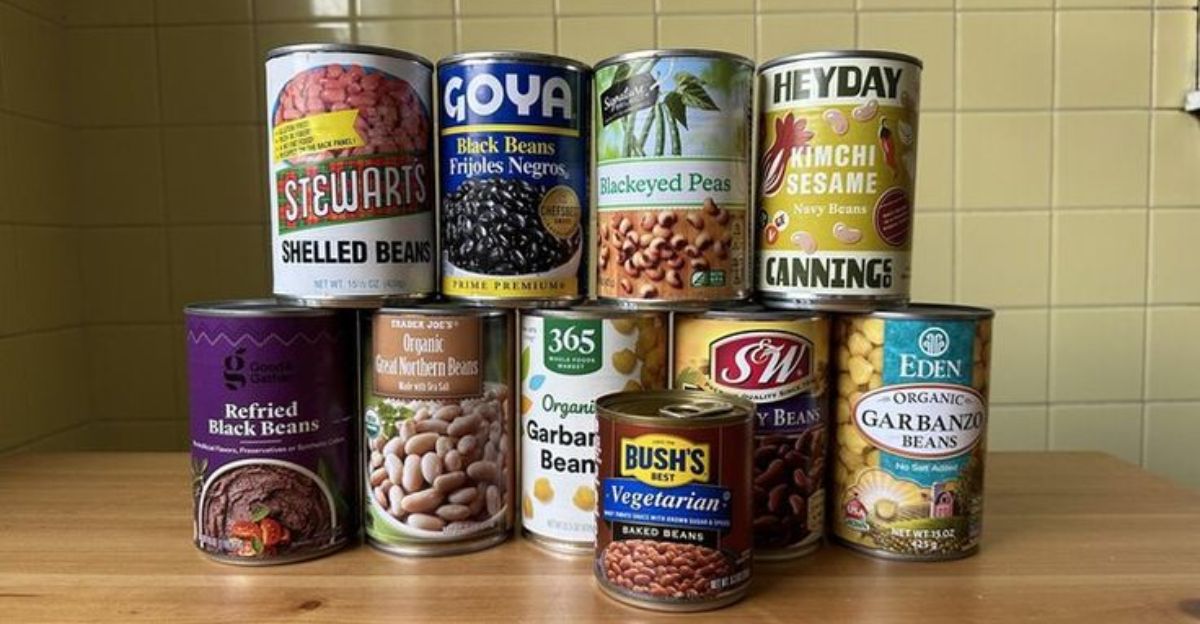
Beans are the backbone of food security. Yet, tin‑plate shortages from U.S. can manufacturer shutdowns, 80% of tin‑plate is imported, which means the beans bear the full brunt of tariffs. The ripple? Food banks report reduced orders, threatening supply to vulnerable households. Stocking up on bean cans now isn’t panic, it’s pragmatic insurance.
#5: Natural Wine
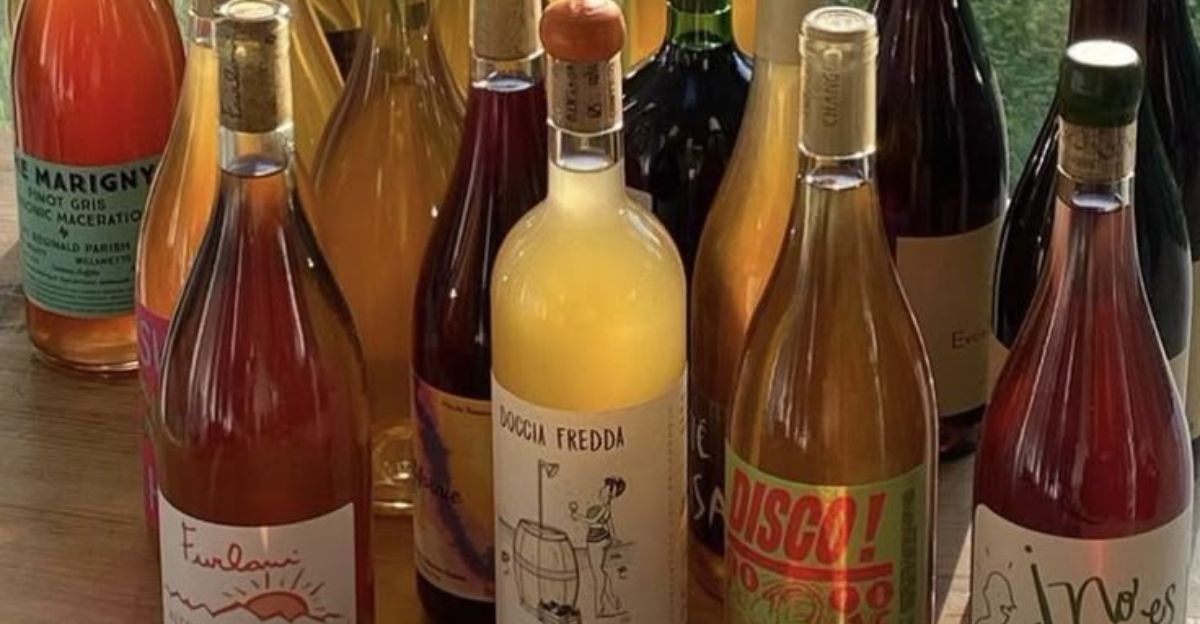
Natural wine prices have climbed as climate disruption hits vineyards that avoid chemical aids, leaving these wines exposed to unstable weather. In addition, inflation has pushed up costs for essentials like glass, corks, labels, and barrels, 90% of cork comes from Portugal and Spain, so small producers, unlike larger wineries, struggle to absorb these tariff-driven inputs.
U.S. import tariffs ranging from 10% to 30% on European wine also raise domestic production costs by inflating glass, cork, and barrel prices. As climate and tariff pressures mount, expect fewer small natural wine labels and higher prices on the shelf.
#6. Canned Tomatoes
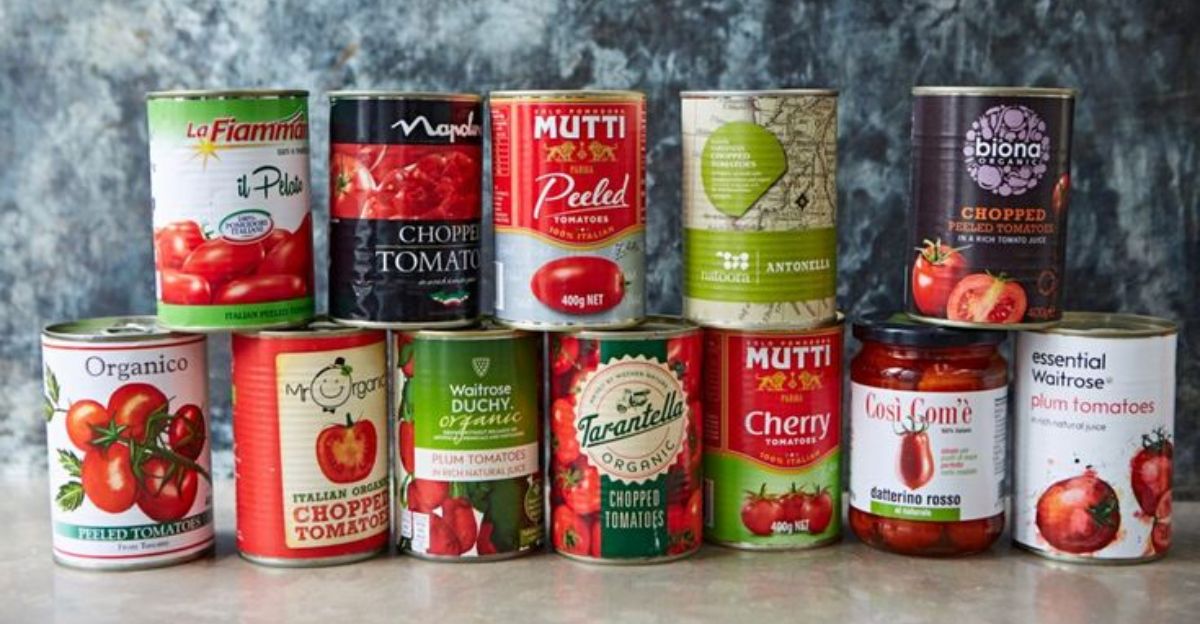
Tomato canning plants rely heavily on imported tin‑steel. Conagra anticipates cost repricing. But there’s more. A warming climate disrupts tomato yields globally, compounding price hikes. Expect sauce shortages, and homes missing that pizza base. The second‑order effect? DIY farming surges on Instagram, as consumers try growing their own pulpy safety nets.
#7. Juice Boxes
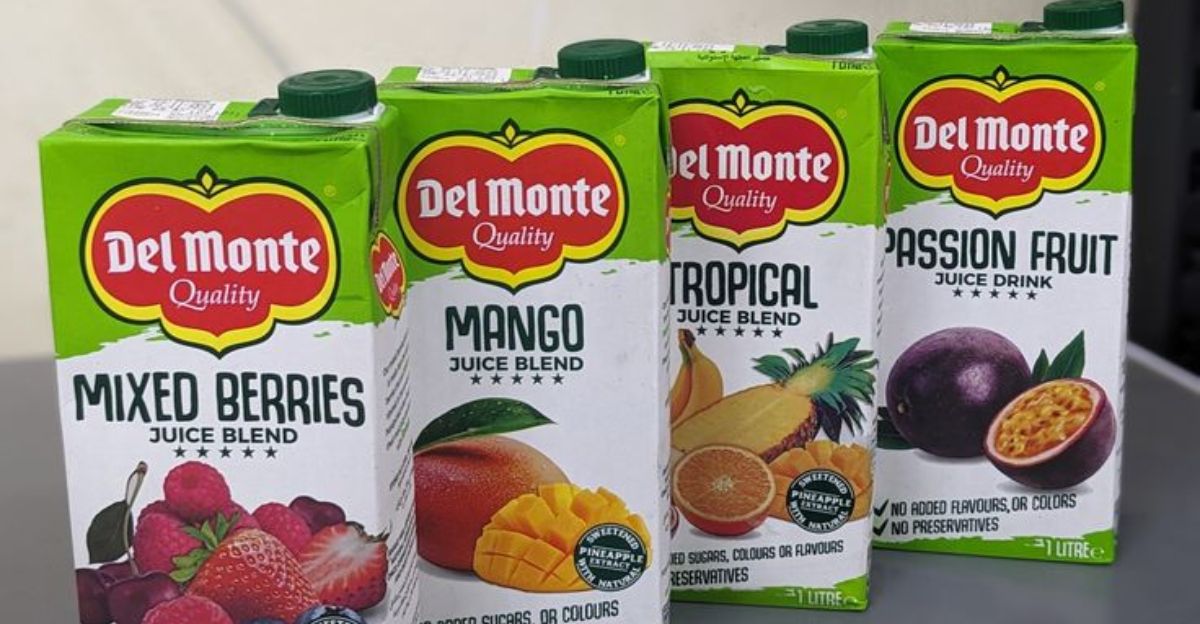
Non‑alcoholic beverage prices are forecast to rise 4.2% in 2025, amid coffee, juice and soda inflation. Juice boxes (tin‑lined or otherwise aluminum components) face packaging cost spikes, and kids don’t stretch sugar allowances. Contrarian angle: parents might flock to powdered mixes, but those too see price inflation. Buying now is savvy.
#8. Canned Seafood (Spam, Sardines)
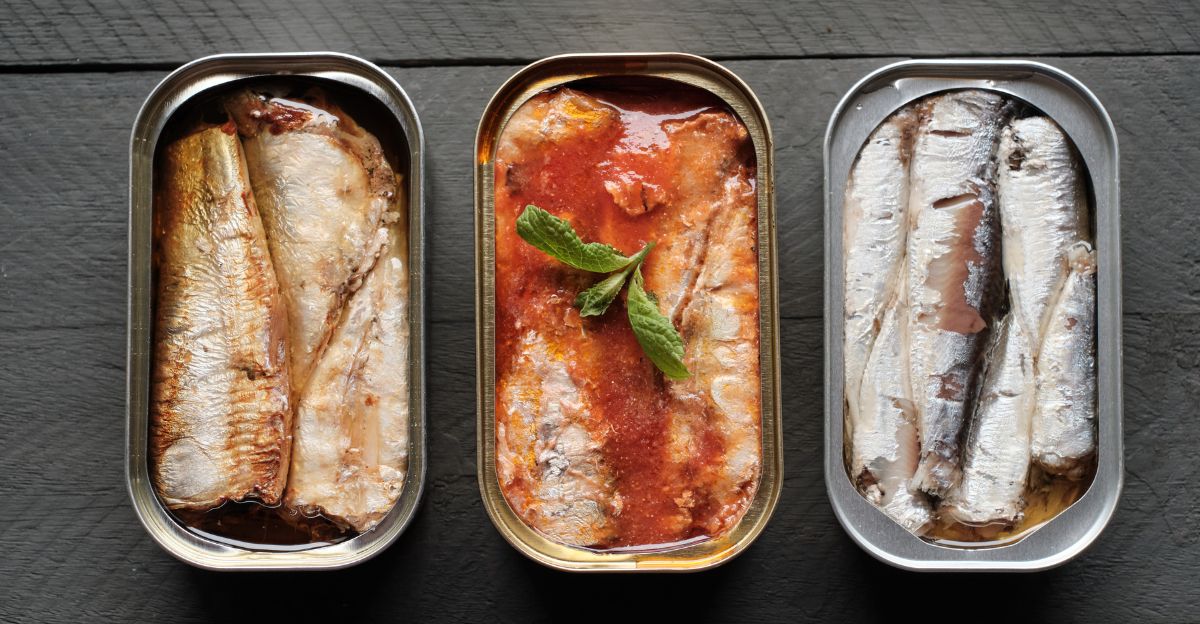
Though niche, canned meats like Spam and sardines are cost‑effective proteins for many. These rely on tin‑plate, and prices will climb. Case study: post‑tariff 2025, spam cans rose 20%, triggering substitute buys, and a jump in mercury concerns. That’s a third‑order effect few saw coming.
#9: Cold Brew Coffee
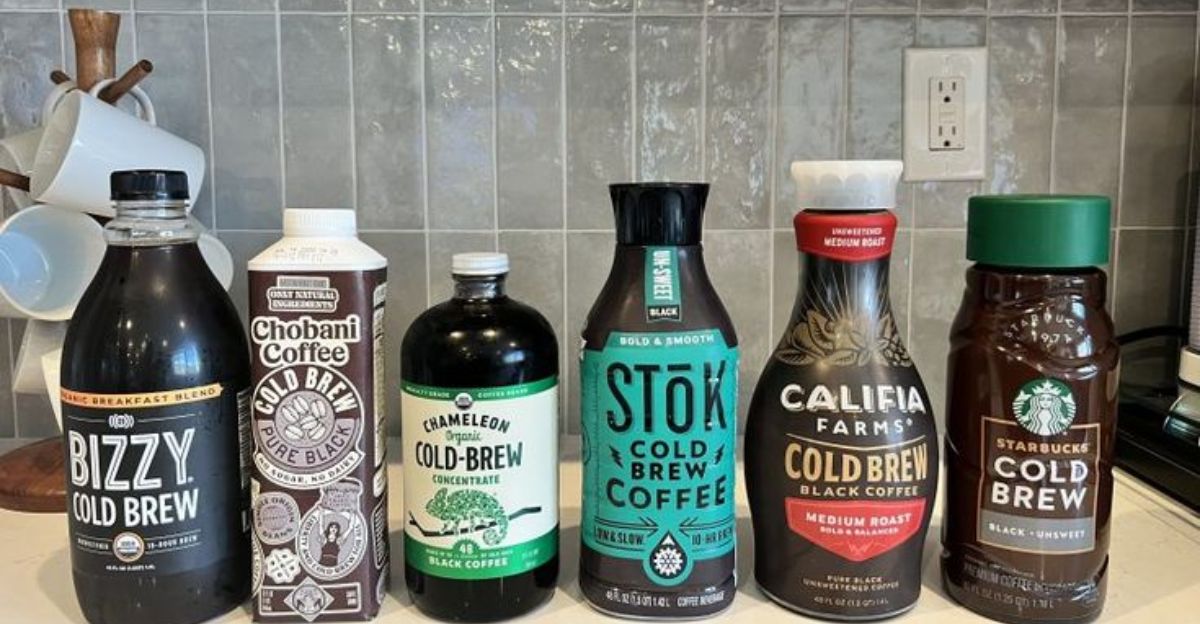
Cold brew is under threat as Brazil’s worst drought in a century slashes arabica bean yields, the smooth, premium variety cold brew depends on. Brazil supplies a third of the world’s coffee, and extreme heat and low rainfall have hit production hard. Add global shipping backlogs and labor shortages, and beans are stuck at ports for weeks.
Colombian coffee premiums are at decade highs, and futures are up 22% since October 2024. Mass-market blends can weather this, but cold brew’s specialty sourcing makes it vulnerable. As costs soar, cold brew may shift from fridge staple to luxury indulgence.
Stock Up Before It’s Too Late
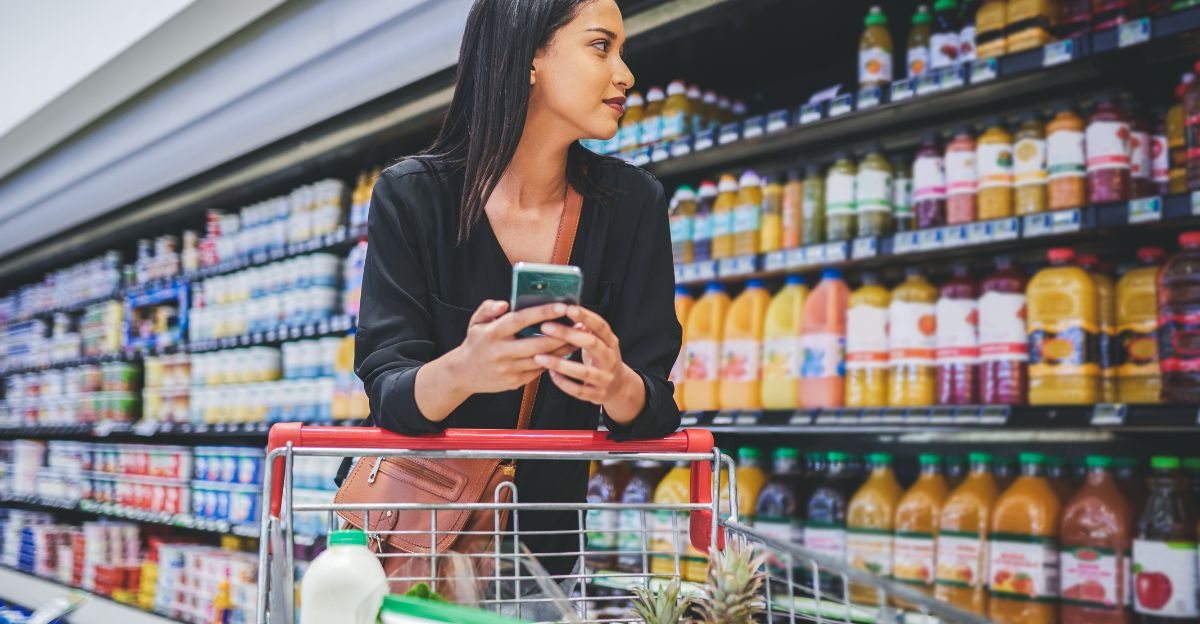
Each of these products tells the same story: our food and drink systems are fragile, and the cracks are showing. Climate change, unstable supply chains, and shifting demand are rewriting the rules of what’s affordable, and what’s even available. These aren’t temporary glitches; they’re part of a deeper shift.
The 295 million people already facing food insecurity are a preview, not an outlier. For American shoppers, the question isn’t whether prices will go up. It’s how quickly they’ll adjust their buying habits before scarcity makes the choice for them.
